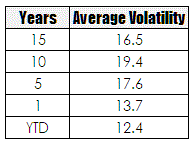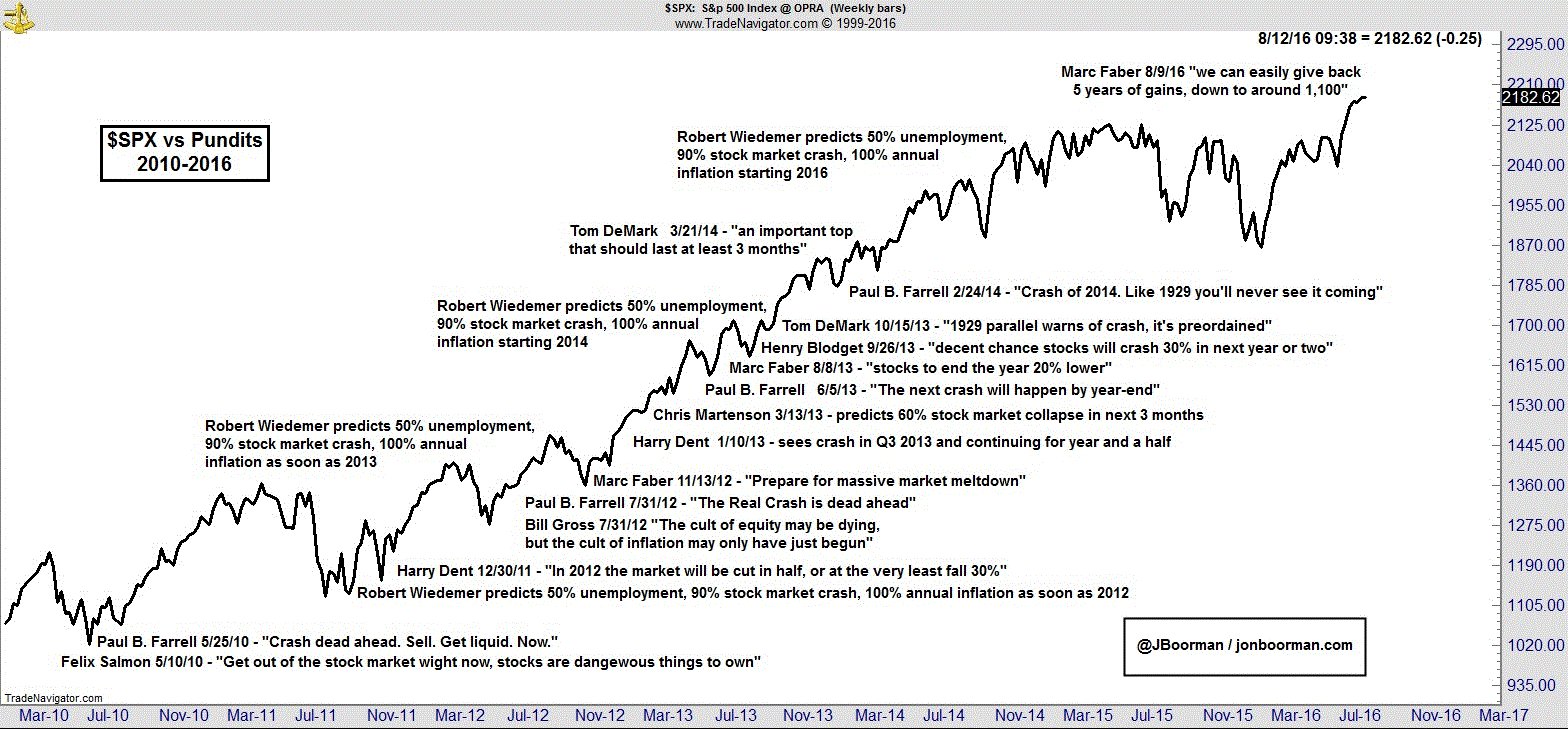Apparently Its All Over For Commodities
Commodities form an important part of my trading universe, in fact as a I par back my universe of instruments they form a more and more integral part of what I do. This pivotal role occurs for a few reasons ranging from ease of trading, price discovery and familiarity. The first trade I ever did was on a gold stock and the interest has stuck with me for decades. You would therefore expect that I take an interest in the market so I had more than a passing interest when this article dropped into my news feed. There are a few points I want to dissect. However before doing that it has been my experience that there are two interesting phases in the life of any market. The first is when people start to tell me this time its different. Etched indelibly into my brain are the words of Irving Fisher who could be considered one of the worlds first celebrity economists who days before the 1929 crash uttered the immortal phrase stocks have reached a permanently high plateau. The second phase is that when someone tells you that a given instrument is stuffed beyond repair and will never go up again. Neither sentiment is reflective of either the cyclic nature of markets nor the psychology of traders.
Point 1 – Firms leaving the business.
This is an interesting point because it points to the number of prop firms leaving the business. However the number of retail investors exposed to commodities via ETF’s has grown dramatically so there has been a shift in the markets demographic away from wholesale to retail. The five largest commodity ETF’s managed almost $6 billion in assets.
Point 2 – Low Volatility
This point highlights one of my enormous bug bears it is the confusion between volatility and trend – the two are not the same and one doe not rely upon the other. I thought I would take a further look at this and just have a look at the distribution of volatility within the gold market. The first thing I did was simply look at the average 15 day volatility for a given number of years ranging from 15 years to the YTD and the results are shown below.
Depending upon the look back period you can make a point that there has been a drop off over time in volatility . However volatility is relative concept and the current volatility in the gold market is sitting at 11.8% which is just below the average volatility for the YTD. Yet price has trended from around $1,000 to $1,350 and then back down to around $1,000. Looking at short term volatility tells us nothing about the trend. When looking at volatility I thought I might be missing something so I broke the look back period into five year blocks to get a sense of how it might have changed over time and the results are below.
When volatility is broken into blocks you can see that over time volatility has increased and then tapered off a little. The so called halcyon days of two decades ago that every longs for actually had markedly lower volatility than recent times.
I should also point out that volatility in the crude oil market regularly spikes to beyond 60% so i am not sure where this missing volatility has ended up. Again it is probably the perennial confusion between trend and volatility.
Point 3 – Correlation
This point always interests me because people very rarely make it clear whether they are talking about price correlation or returns correlation. Most people when they talk about correlation talk about price without meaning to. The correct measure in such situations is the correlation between the returns across asset classes. True diversification is generated when you generate uncorrelated returns. Te first chart below looks at the daily performance correlation for gold, S&P 500 and crude oil.
There is what appears to be an emerging positive correlation between gold and the S&P 500 and this surprised me a bit and I was suspicious that it was an artefact in the data so I generated a new series of data that looked back to the beginning of the century because my suspicion was that what I was seeing was actually the stagnation in gold and the rise of the US market post the GFC.
Looking at the data over much longer term gives a clearer picture of what is actually happening. As US markets collapsed gold recovered and as US markets recovered gold suffered so to my eye the emerging correlation is somewhat of an artefact in the data. Much is implied in the article about how good commodities trading was in the past but it needs to be remembered that gold took 31 years to surpass its 1980 highs. That’s a long time between drinks if you are a long only trader as many commodities firms were. Commodities are the magic swing through mutli hundred dollar range tools that people think they are.
Point 4 – Leverage
An irrelevant point if you know what you are doing. Leverage has been a function of commodities markets from day one and is the staple of FX markets and they dont seem to have any problem coping.
Point 5- Liquidity –
I am not certain what the point is here since volume in the majority of commodity markets has increased dramatically over the past decade.
Point 6- Regulation
This is an old catch cry – if you dont know what you are doing blame the regulator. In some ways this is the same as football coaches who blame the umpire for their team being rubbish.
Point 7 – Its downright difficult
There is a particular sentence here I want to highlight –
For one, their idiosyncratic characteristics can make price forecasting practically impossible.
Price forecasting for all instruments is impossible. For those who need a quick refresher on how stupid this sort of thing is I give you Jon Boormans wonderful, regularly update guru predictions chart.
Any attempt to predict price in any instrument is an exercise in delusional stupidity of the highest order.
The upshot of all of this is that the majority of things written about markets that have any sort of predictive narrative about the trajectory of a given market or markets is largely irrelevant and that includes this piece. The simple fact of all markets is that they are cyclical in both tone and the level of investor involvement. If I can defer momentarily to a local example. If you were to look at a comparison between housing and equities as an investment choice you would say that equities are dead. Yet funds continue to invest in them and prices continue to go up and down and some prices go up a lot. The same is true for commodities and I doubt it will ever stop being true.












“The upshot of all of this is that the majority of things written about markets that have any sort of predictive narrative about the trajectory of a given market or markets is largely irrelevant and that includes this piece.” —–This itself is pure gold.